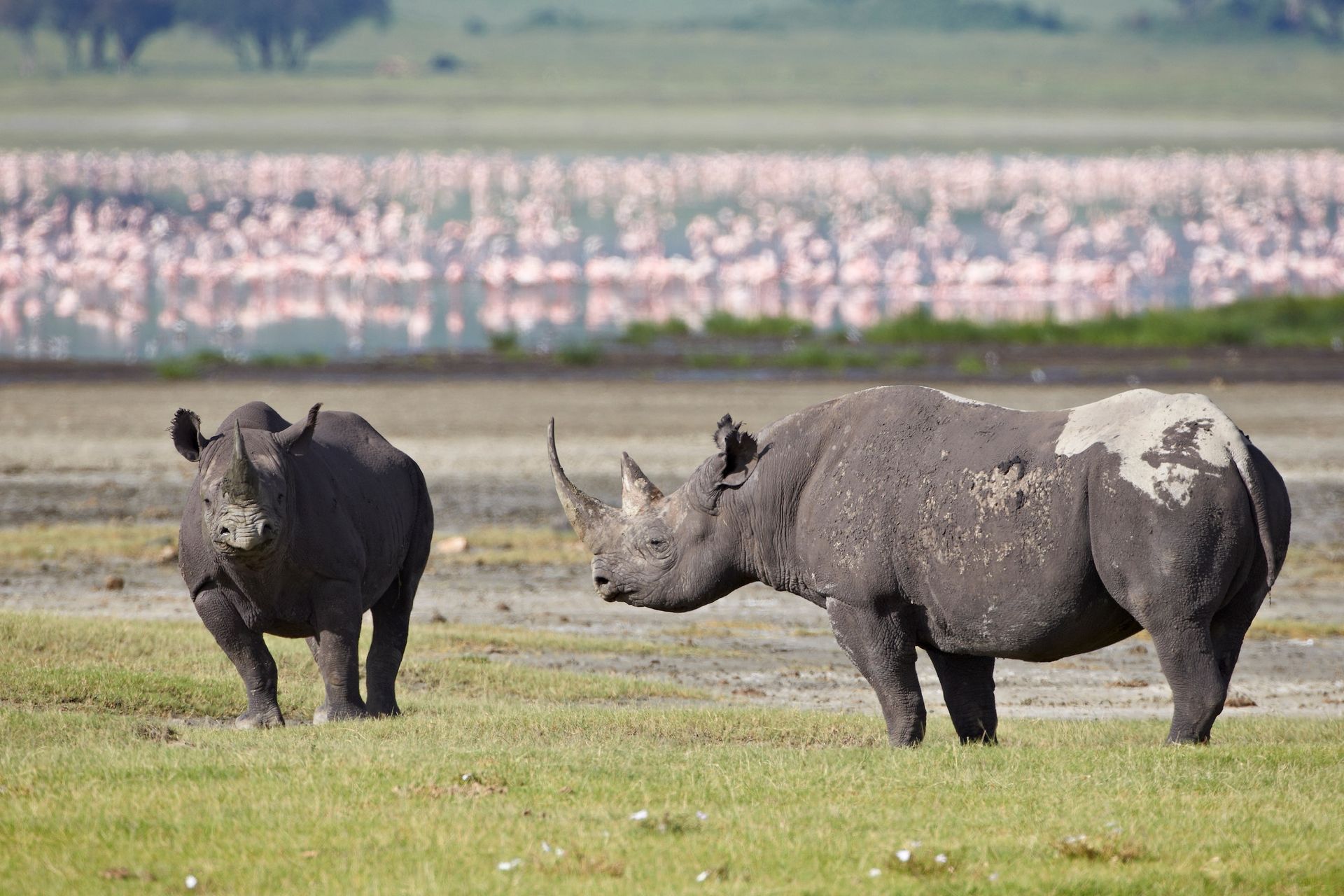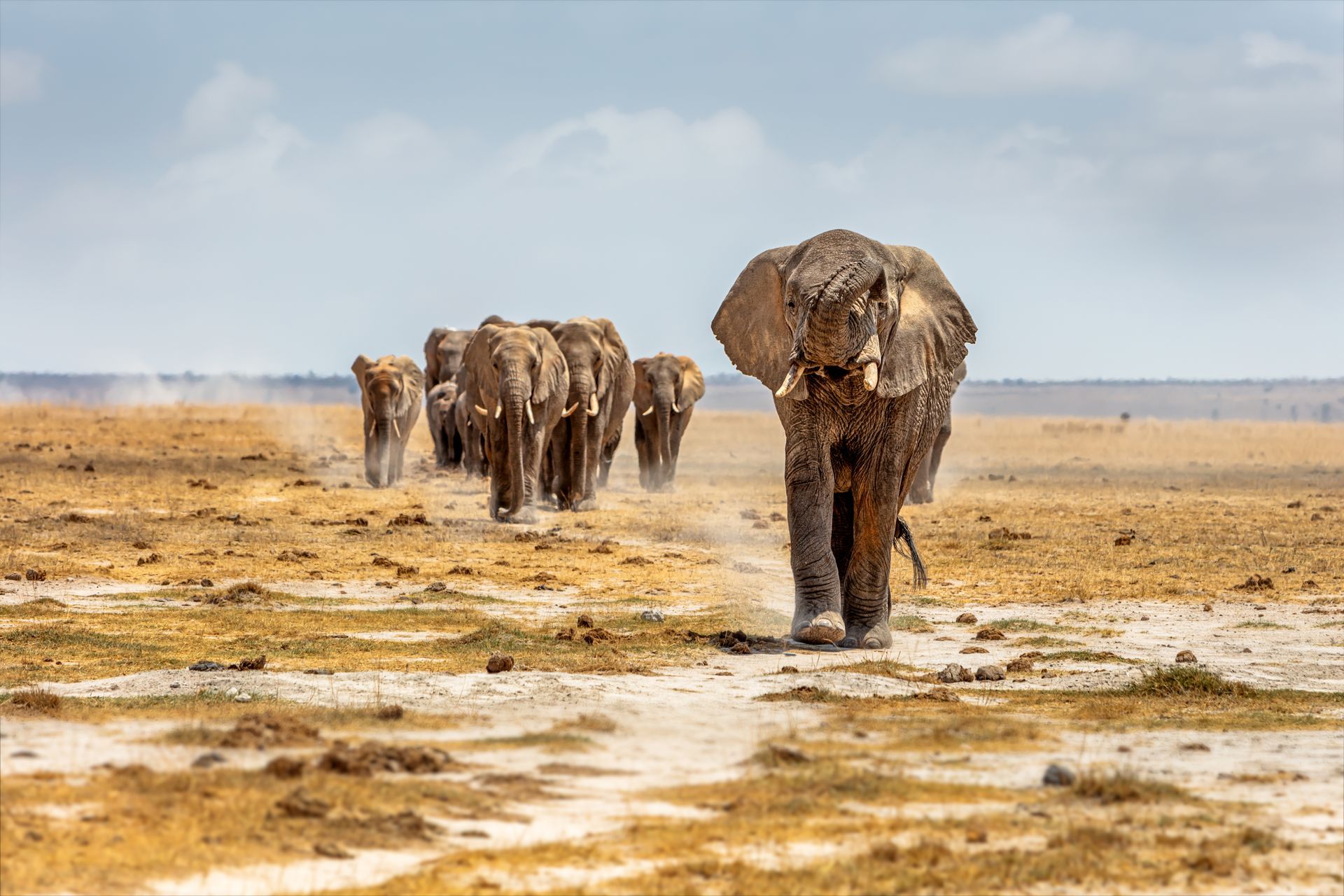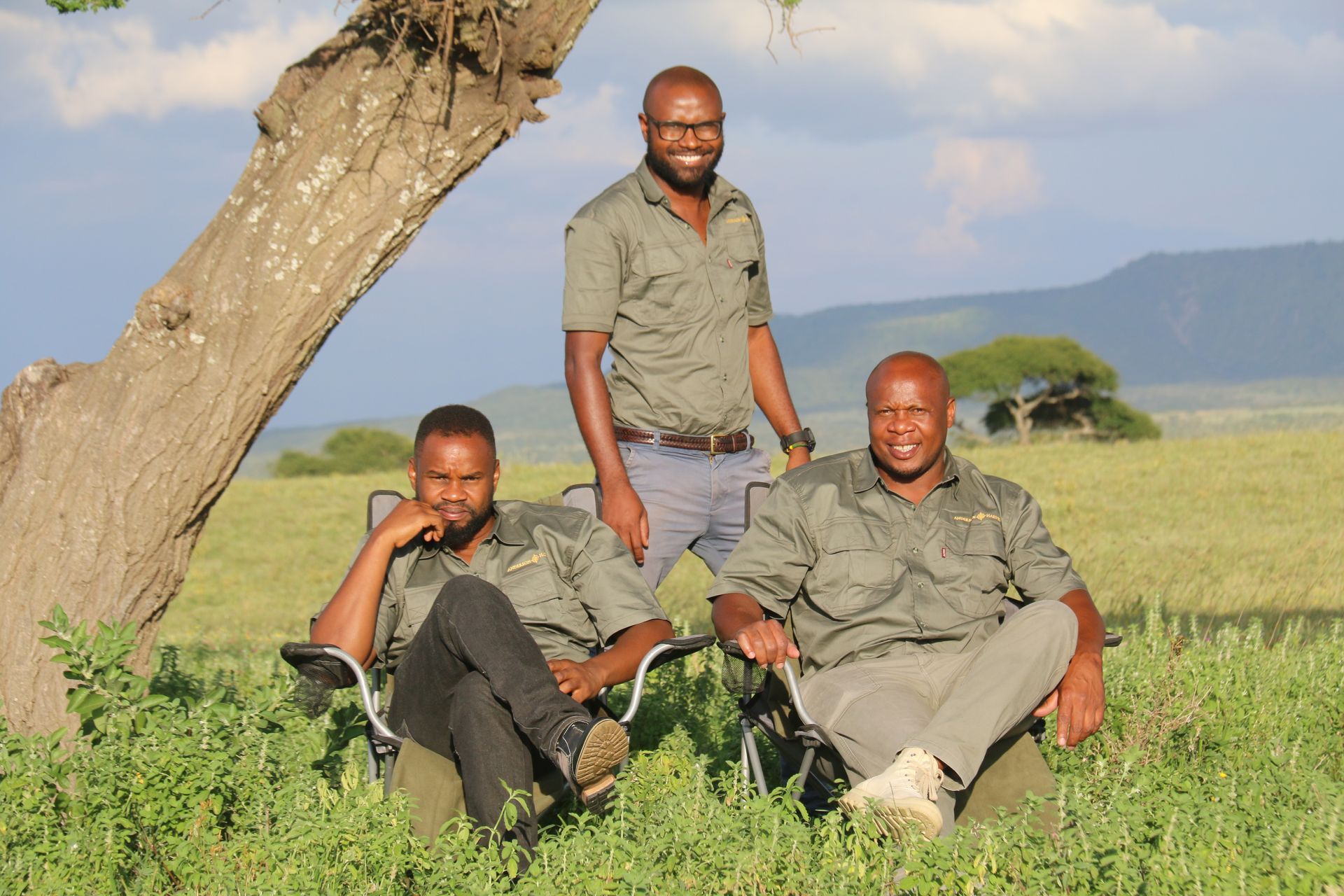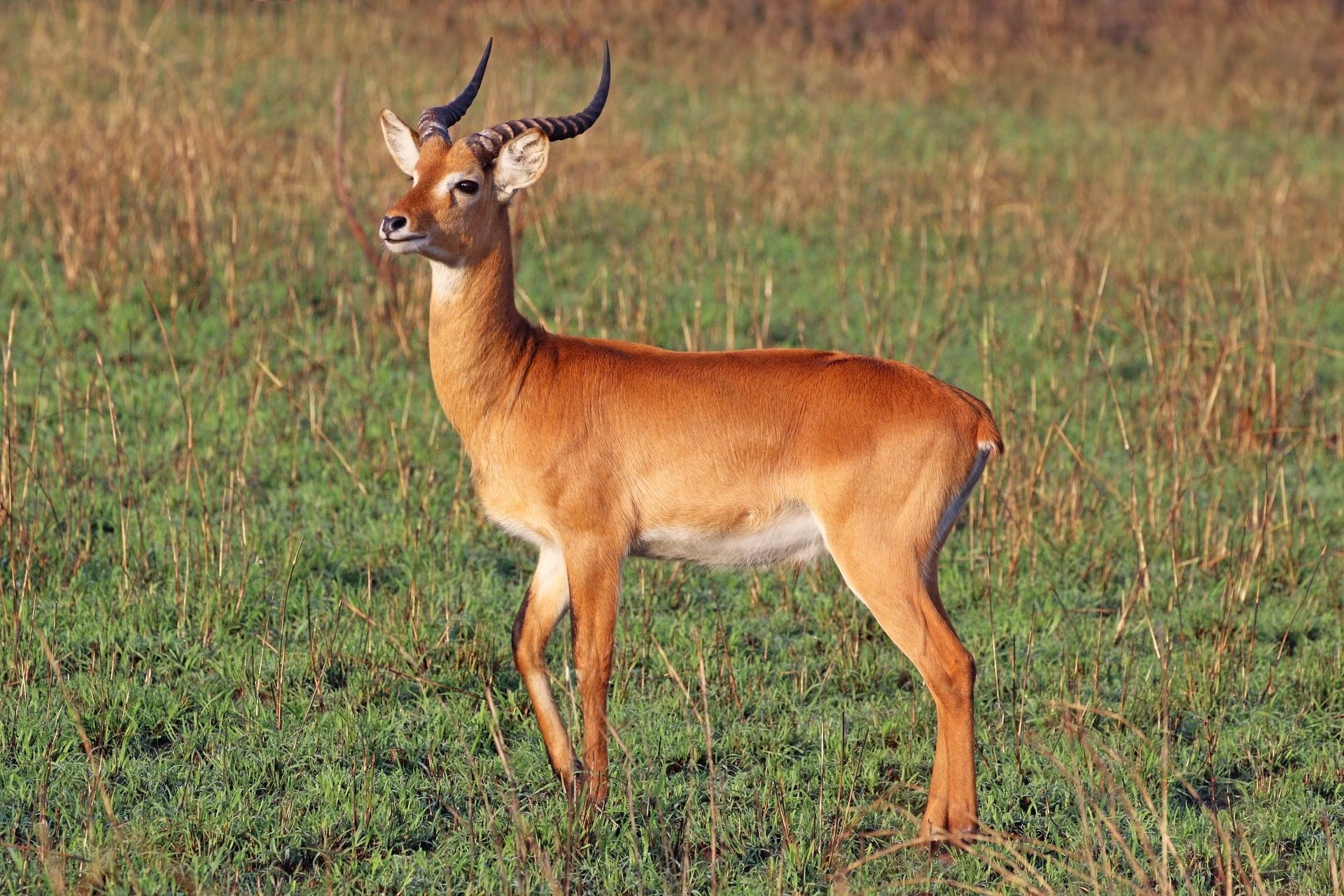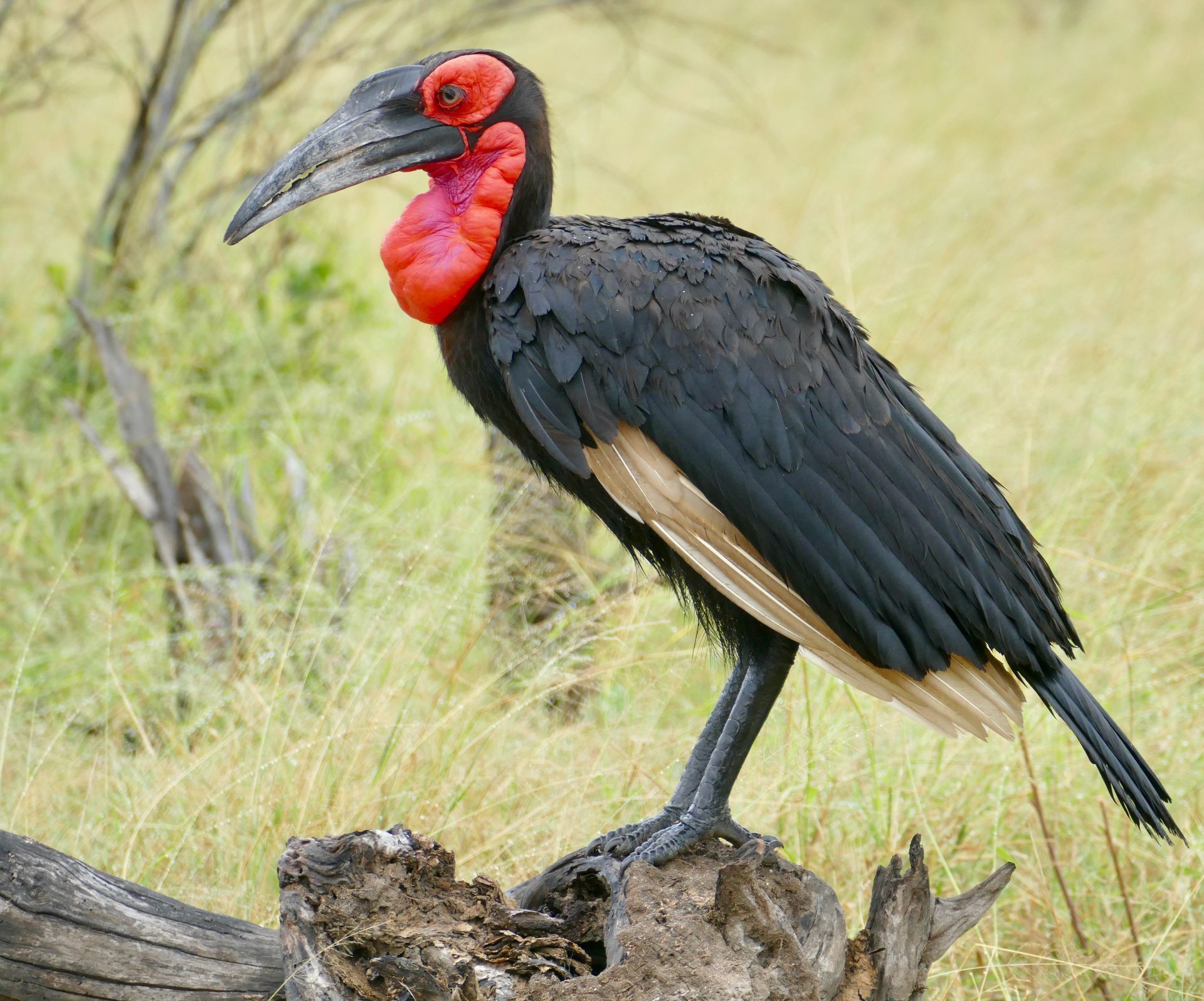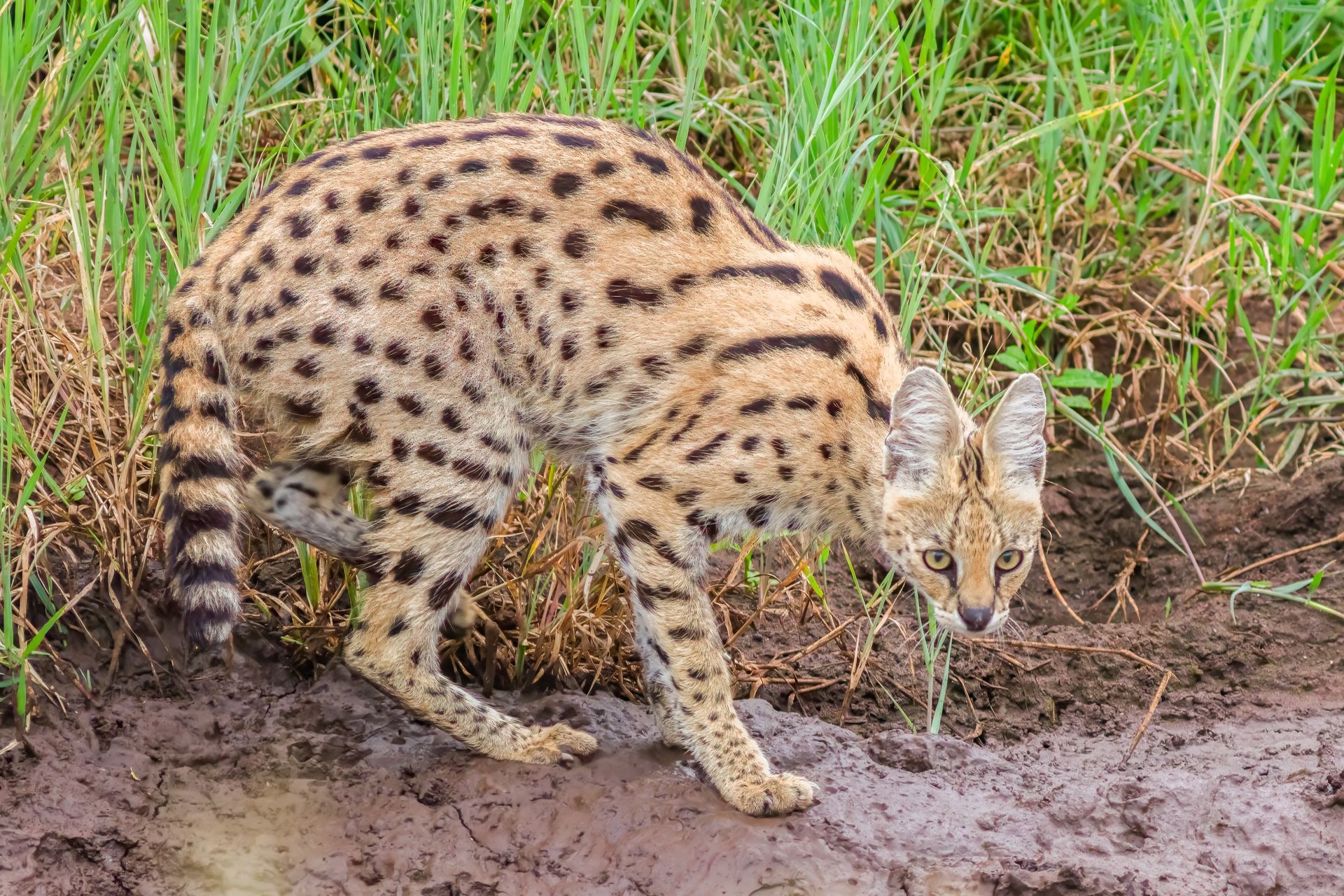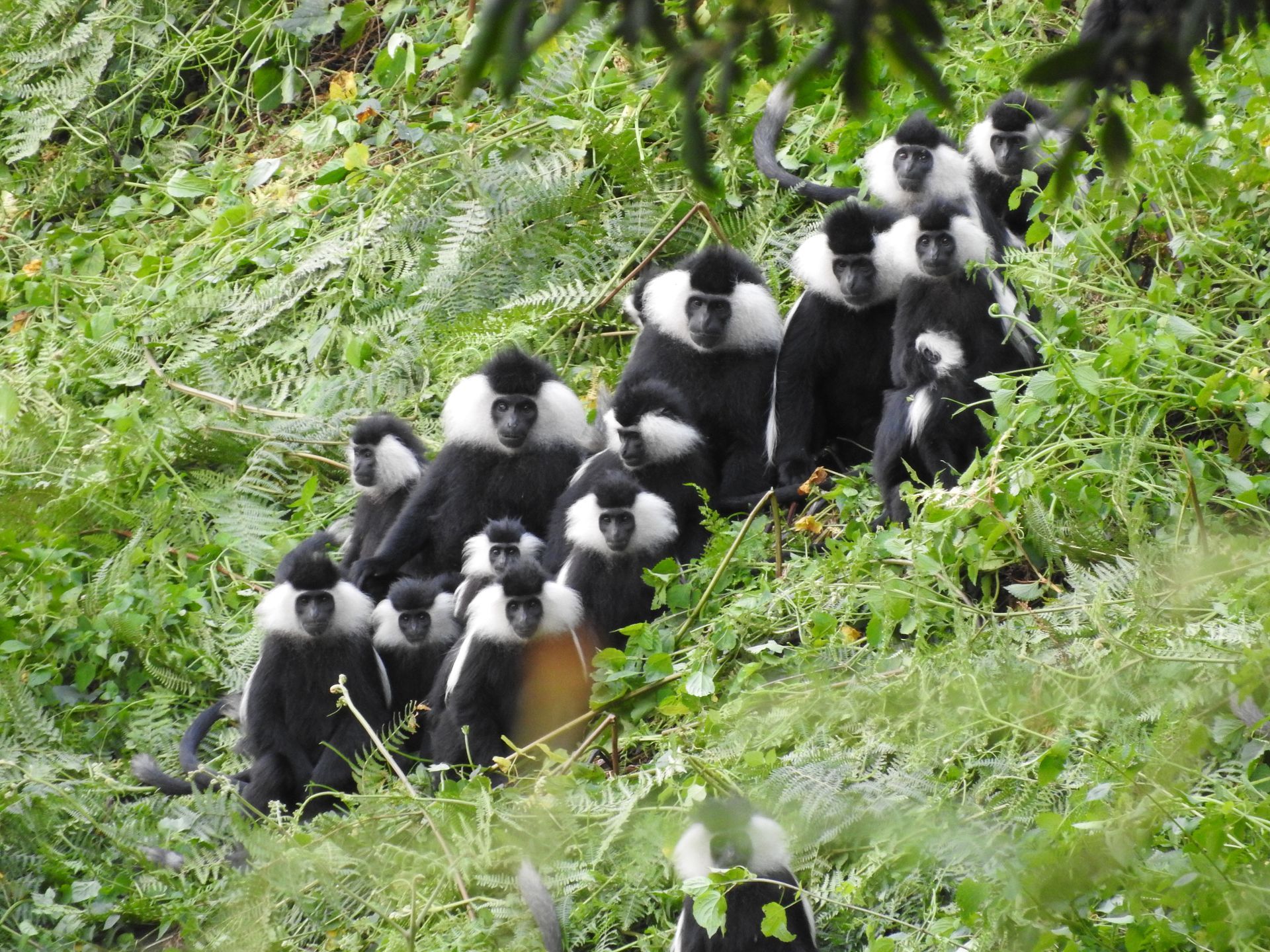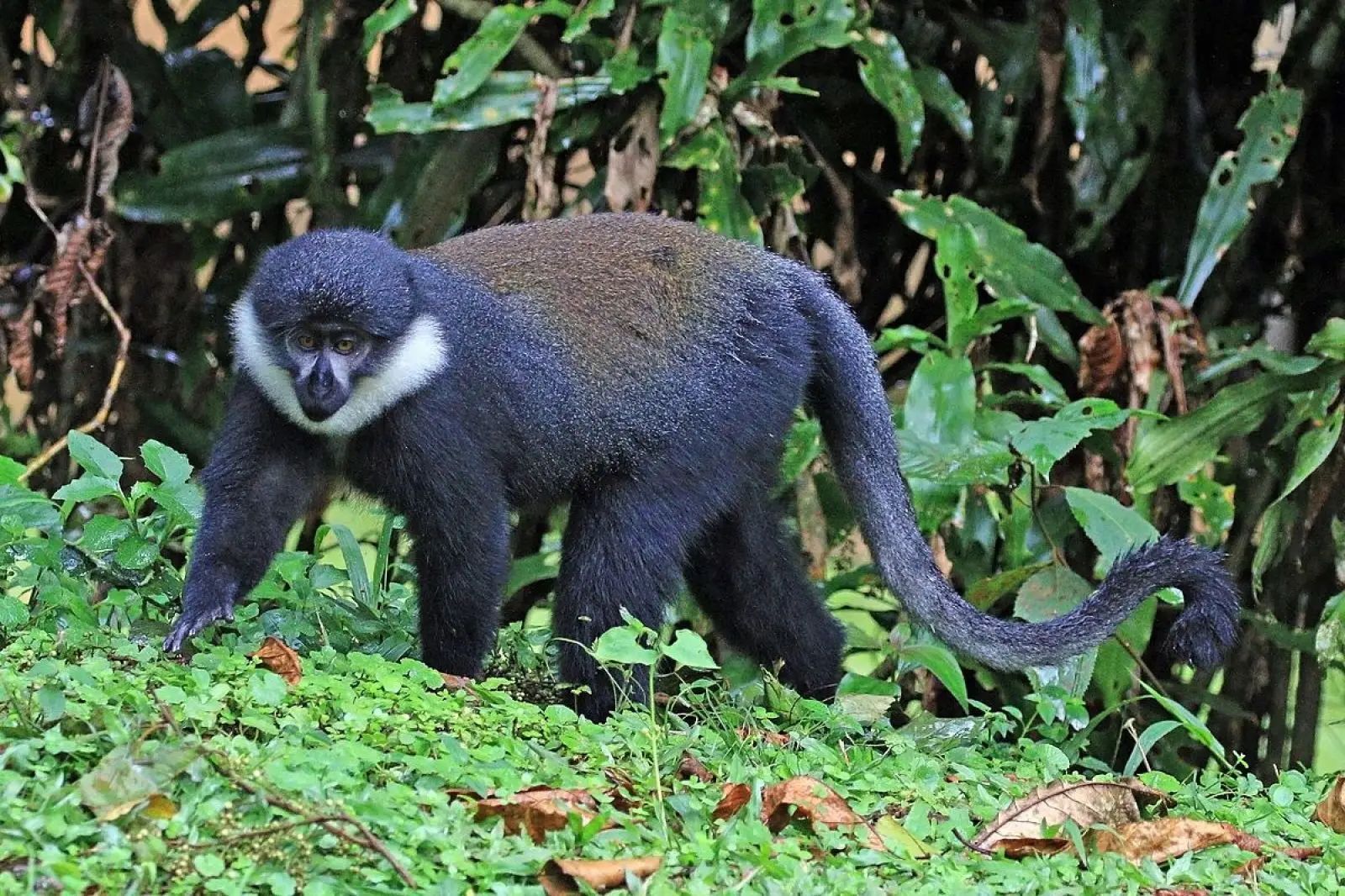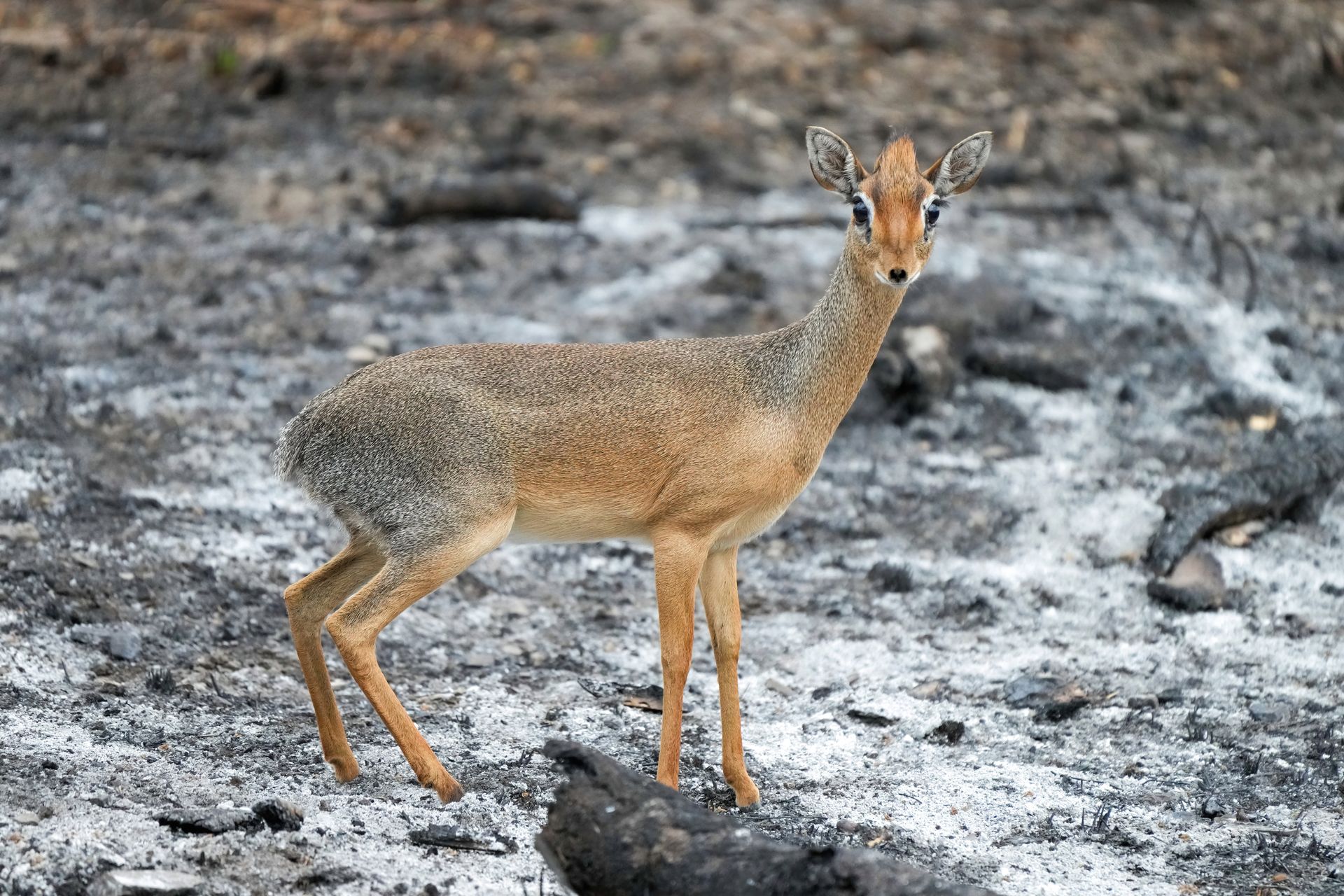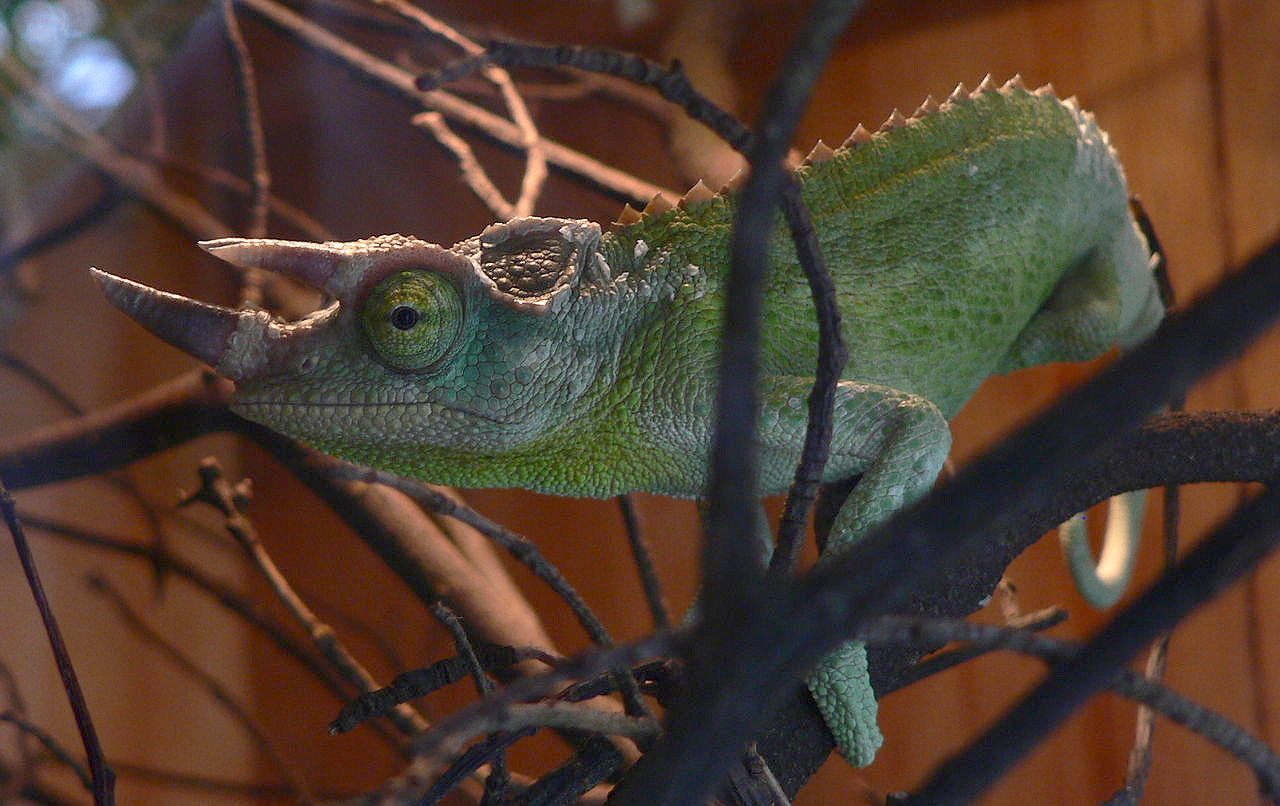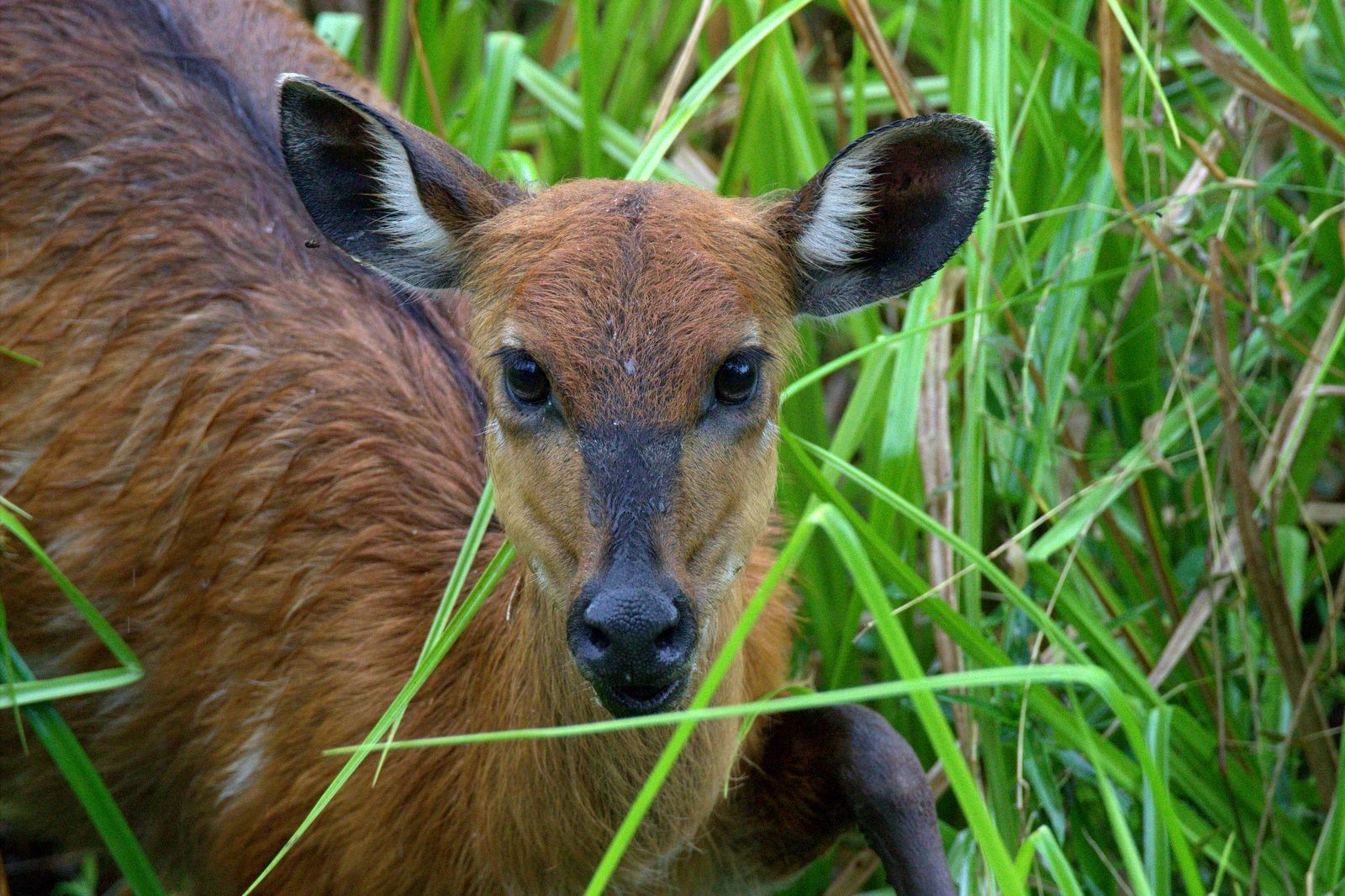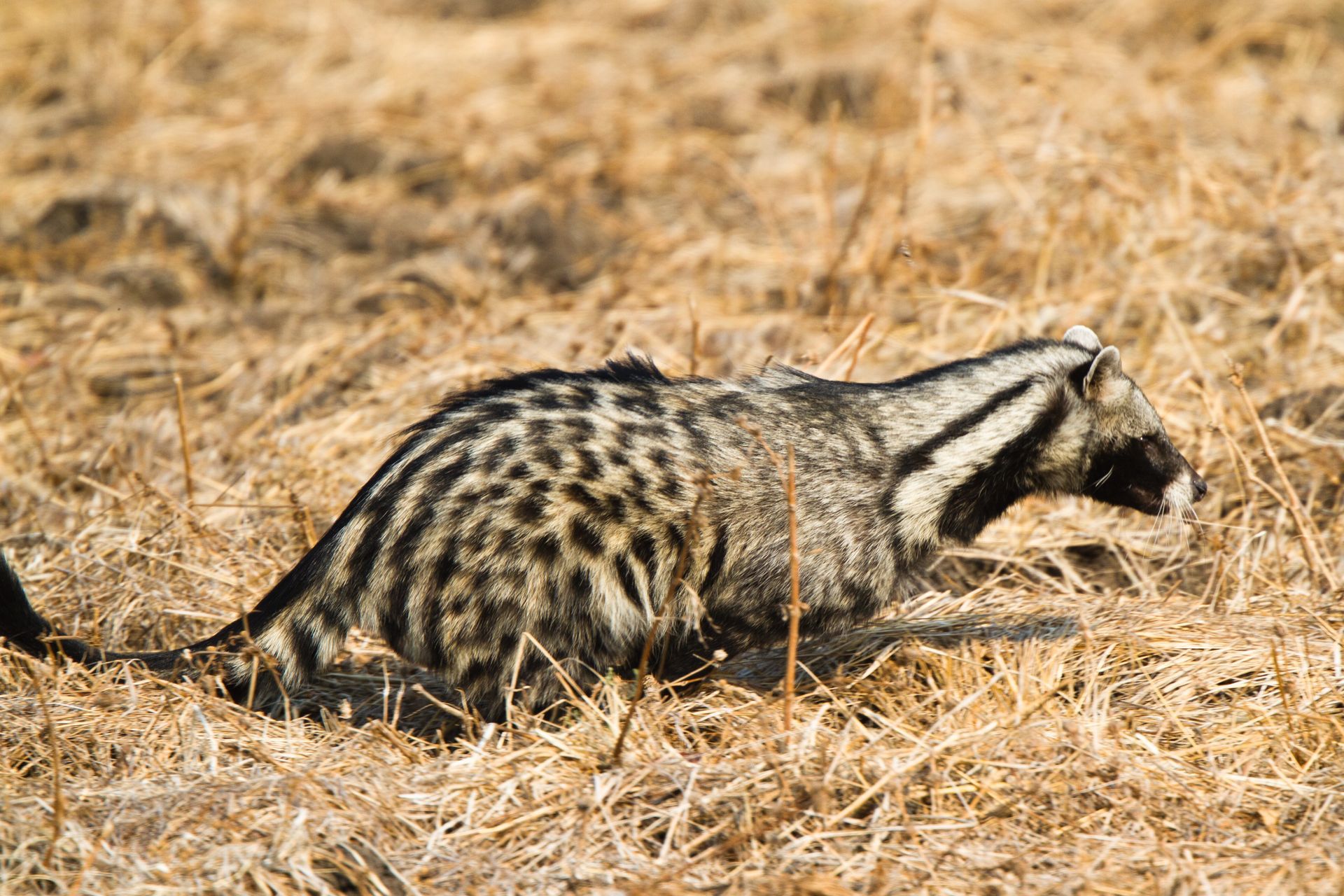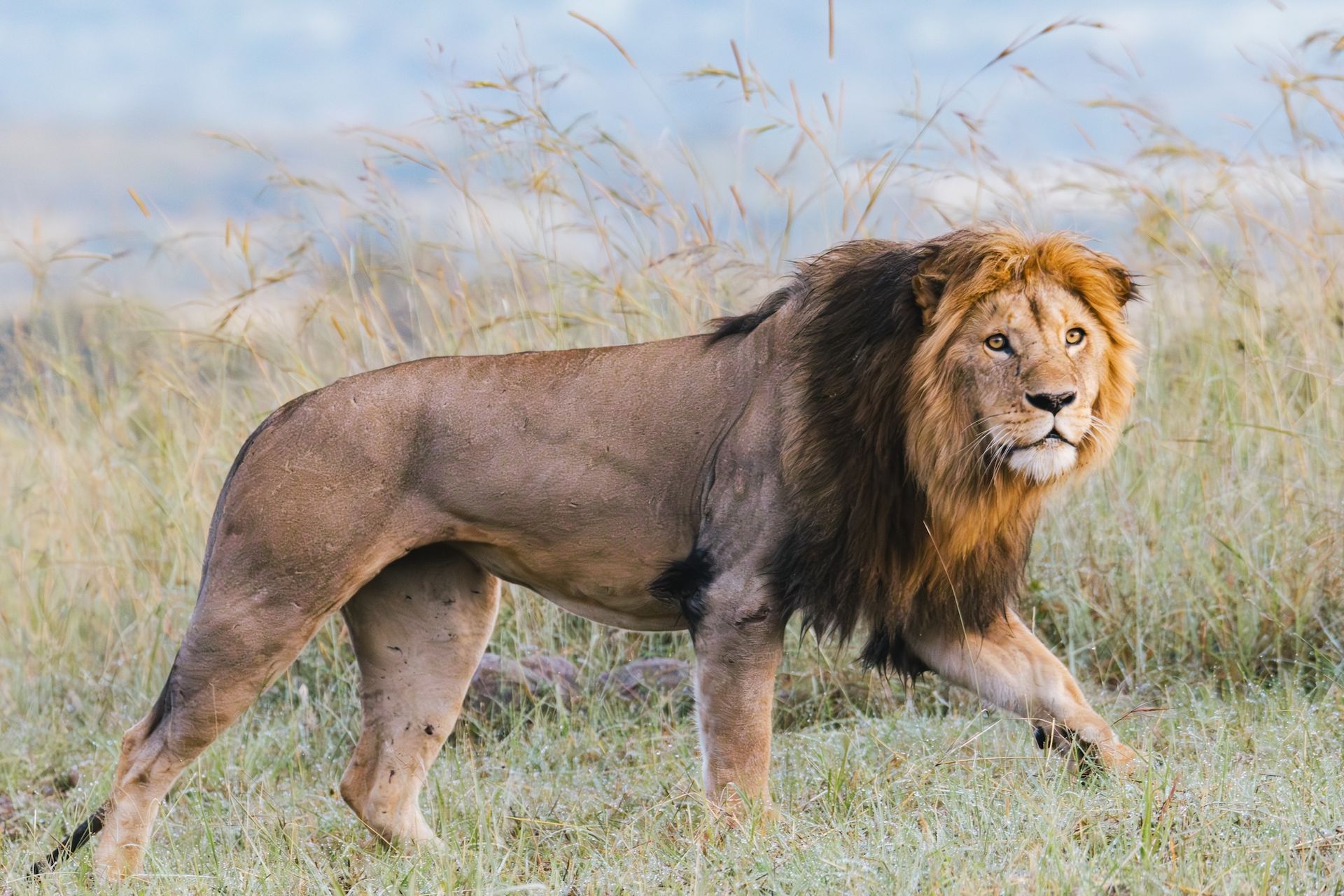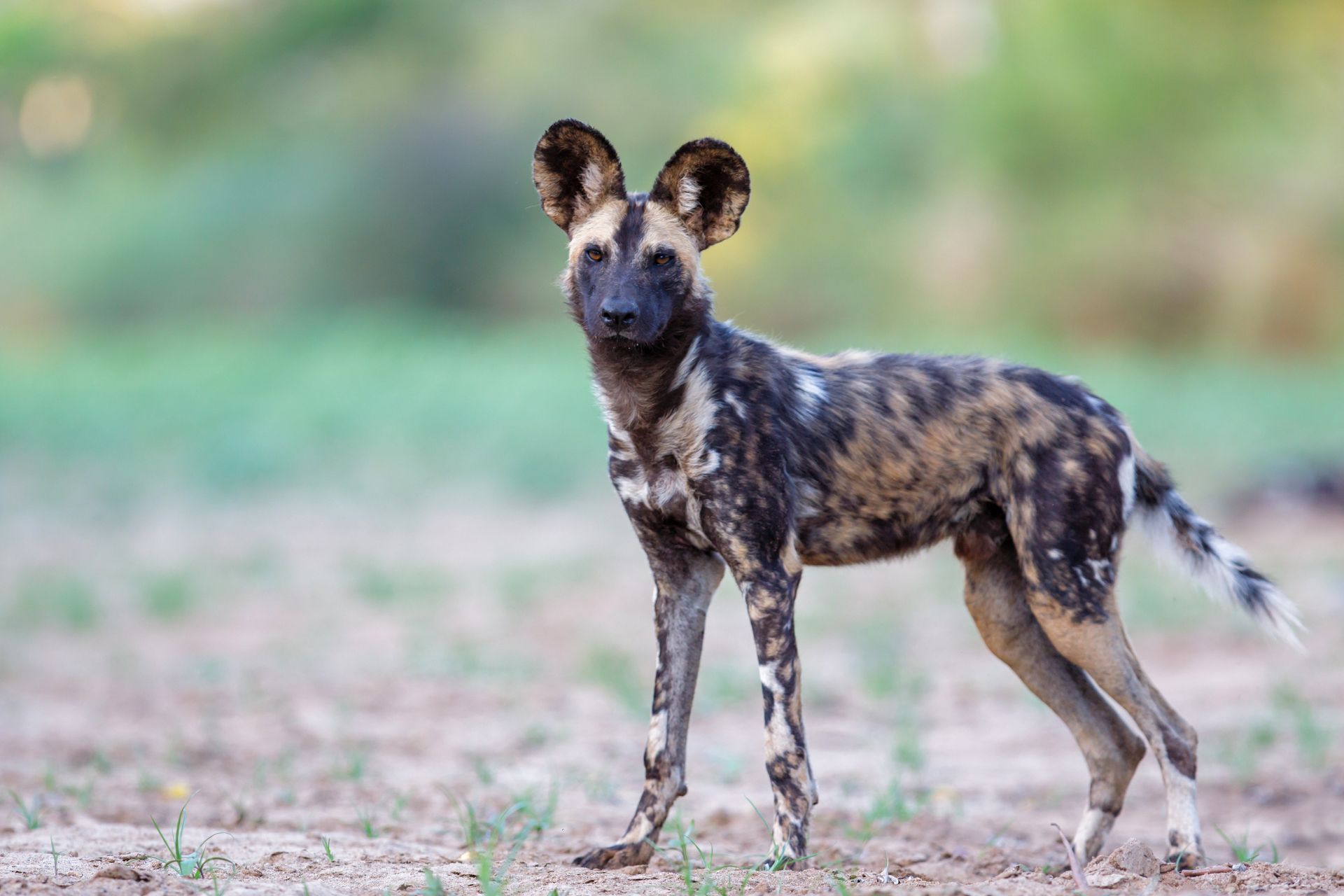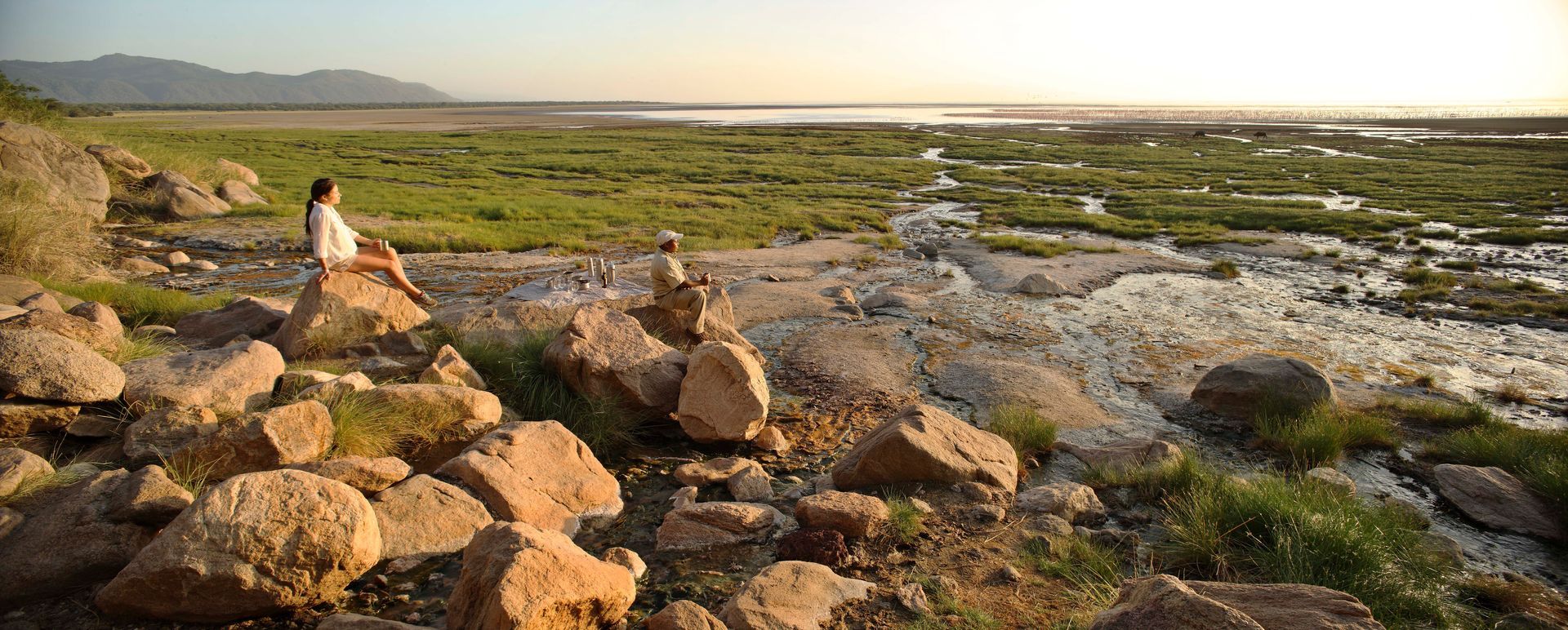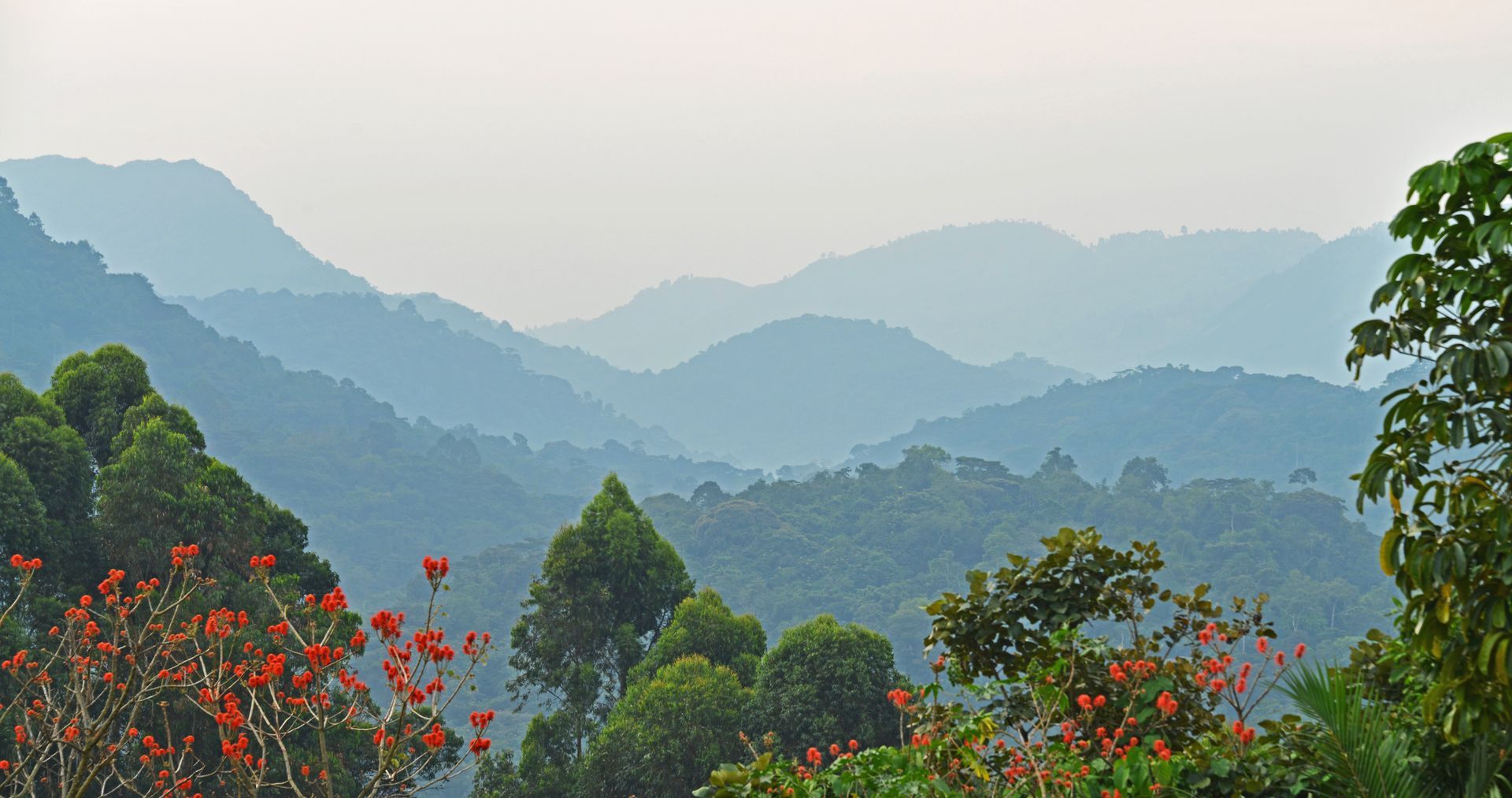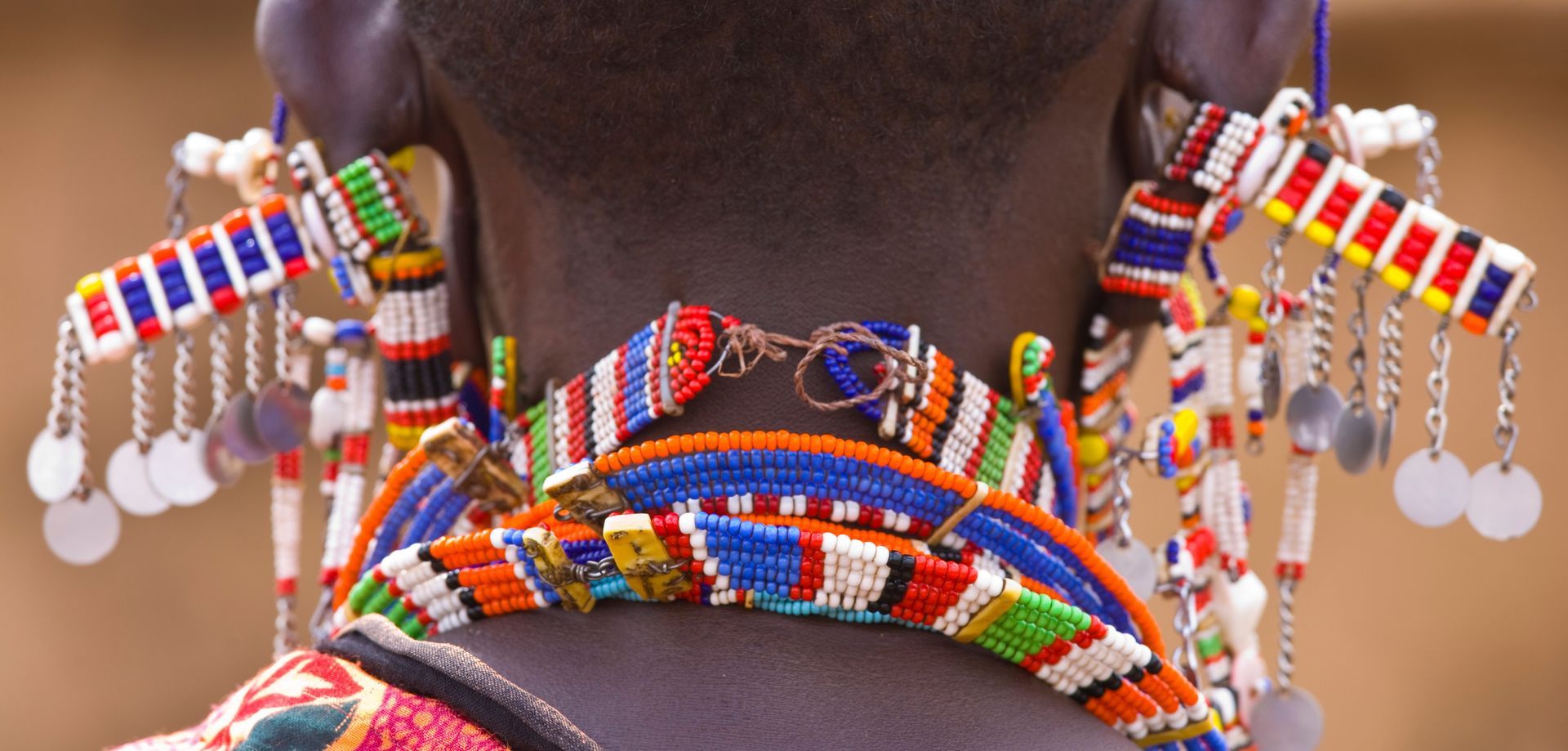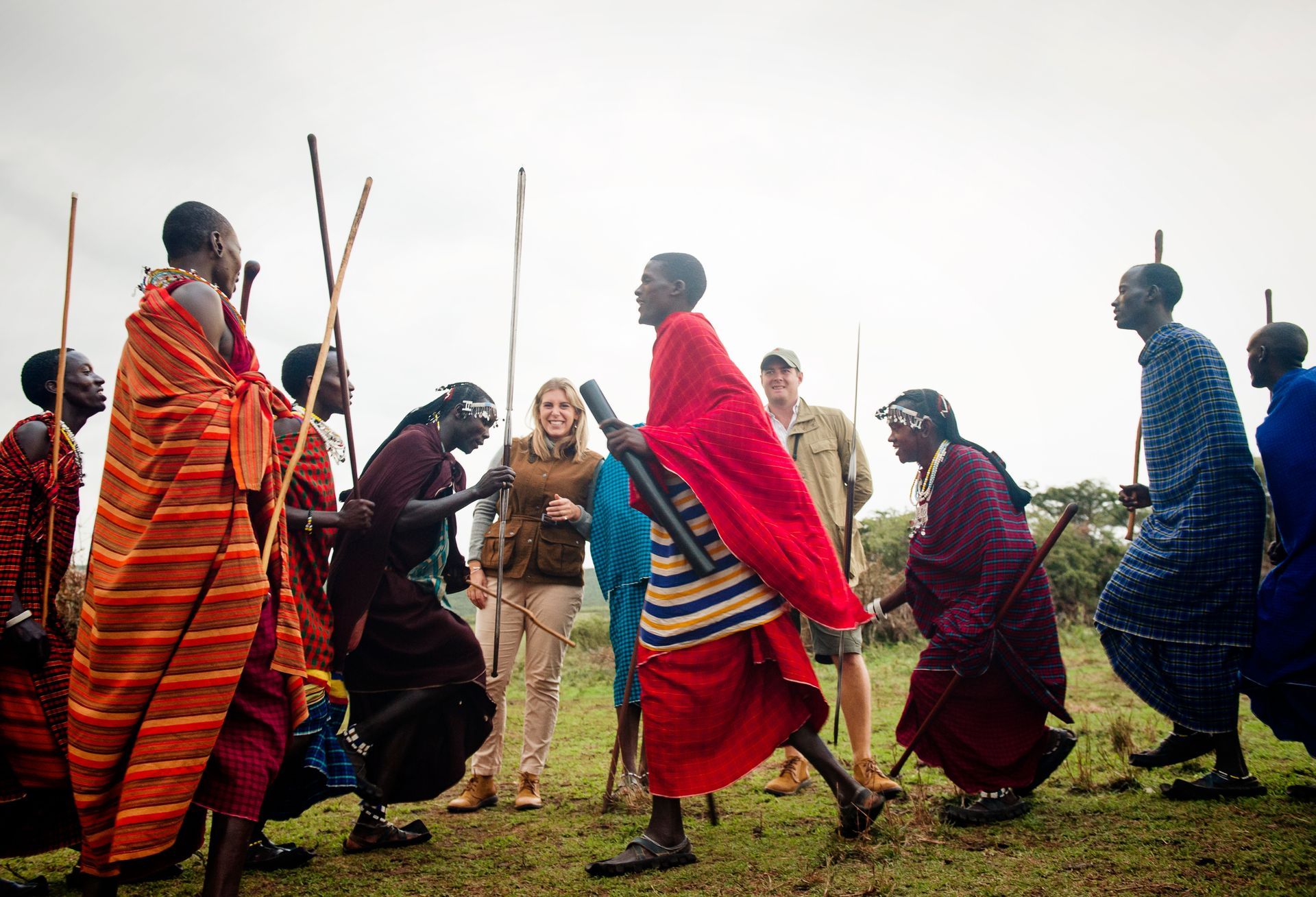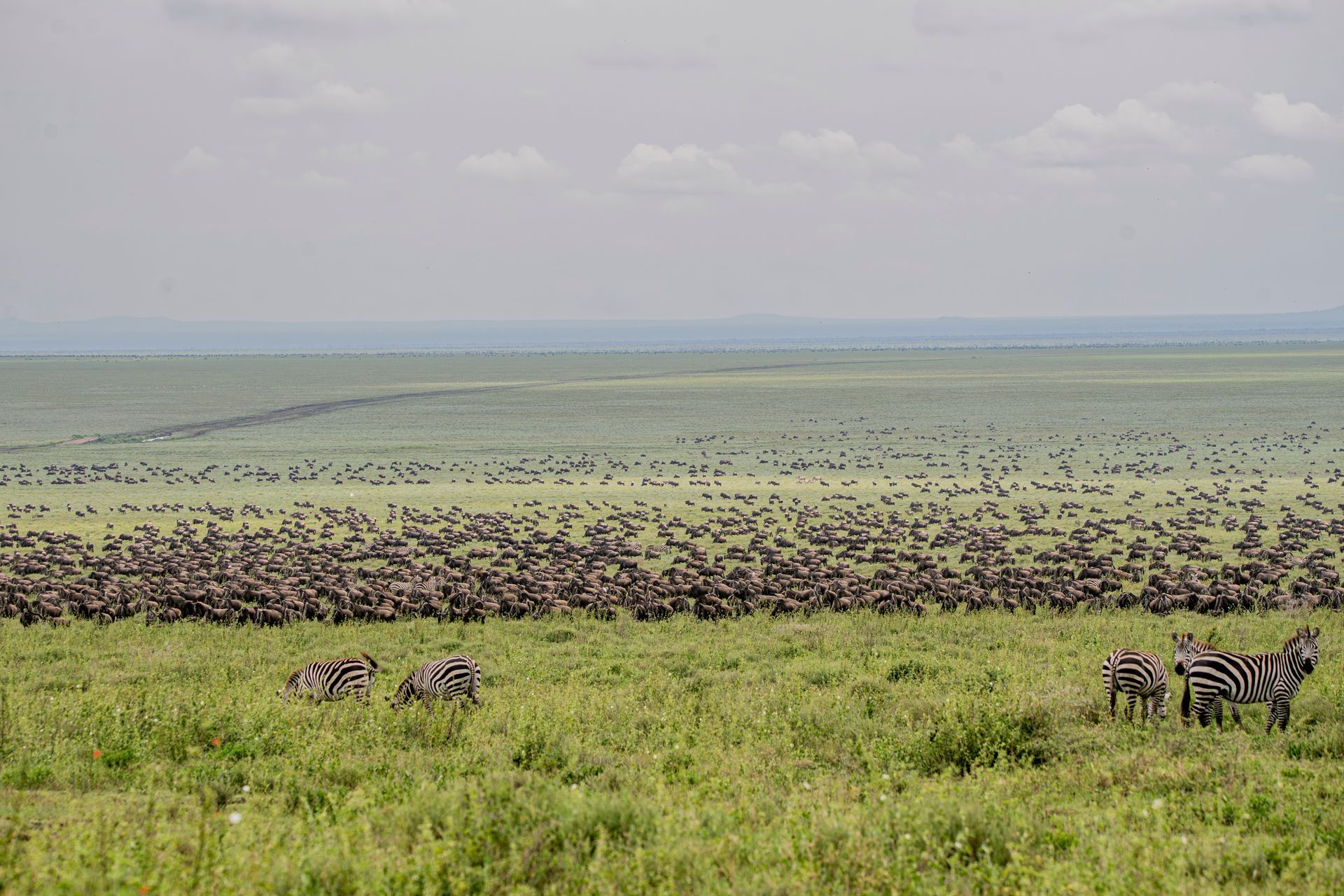A&H goes beyond the Big Five...
The secret life of East Africa's lesser-known animals
For many safari travellers, the phrase "East Africa" conjures images of lions stalking the Serengeti, elephants crossing the Masai Mara, and leopards lounging in acacia shade. The Big Five remain the iconic drawcard – and rightly so – but the wild heart of East Africa offers far more than these familiar faces. Beneath this famous surface lies a secret world of rare and remarkable creatures, animals whose names few can pronounce and whose habits remain mysterious, even to seasoned safari-goers.
Take, for example, Temminck’s ground pangolin – one of Africa’s most secretive and endangered mammals. Nocturnal, armoured with protective keratin scales, and endlessly shy, this elusive insectivore patrols the savanna and forest floors in search of ants and termites. Almost impossible to spot without exceptional luck, the pangolin is a quiet emblem of East Africa’s hidden wonders, reminding us that not all safari treasures roar or trumpet.
East Africa is also home to the African civet, a solitary, nocturnal creature that shuffles through woodlands and scrub on the hunt for fruit, insects, eggs, and carrion. Its bold black-and-white banding makes it unmistakable on a rare night drive, and its strong musky scent once made it valuable in the perfume trade. For many safari guests, a glimpse of this secretive omnivore is a surprise highlight of their journey.
Then there is the honey badger, famous for its strength, stubbornness, and fearlessness. Found in both the drier woodlands of northern Tanzania this small carnivore has been known to fight off lions and leopards when threatened. It digs tirelessly for burrowing prey, tears into bee hives for honey, and is one of the bush’s most determined survivors. Few animals of its size carry such a formidable reputation.
Not all of East Africa’s overlooked species are small. The spotted hyena is often misunderstood – its eerie whooping calls unfairly associated with scavenging. In truth, hyenas are among the region’s most efficient predators, capable of chasing down wildebeest or zebra in high-speed endurance hunts. Clans display remarkable intelligence, social complexity, and adaptability, thriving everywhere from the Serengeti plains to the hills of Rwanda’s Akagera National Park.
More elusive still is the serval – a long-legged, finely spotted wild cat that haunts marshes and savannas alike. Perfectly adapted to hunting rodents and birds in thick grass, the serval can spring metres into the air to pin down fleeing prey. With oversized ears constantly turning to catch the faintest rustle, it is a master of stealth and patience. Its close cousin, the African wild cat, roams across the region too – a shadowy ancestor of the domestic tabby.
East Africa’s rare antelope species offer further secrets. The Uganda kob, as its name suggests, is endemic to Uganda– its reddish coat and graceful build a frequent sight along the Nile floodplains of Murchison Falls National Park. The shy sitatunga – a swamp-dwelling antelope with splayed hooves for navigating marshes – lurks in the papyrus channels of Uganda’s Mabamba wetlands and Rwanda’s Akagera fringes, rarely seen but always near.
And then there is the smallest antelope of them all: the Kirk’s dik-dik, found across Tanzania and Kenya. Barely knee-high, these delicate creatures live in monogamous pairs and dart nervously between thickets, pausing to blink their enormous dark eyes at any disturbance. Their quiet presence is a gentle reminder of the region’s extraordinary biodiversity.
The forests of Uganda and Rwanda offer yet another cast of secret stars. While gorillas and chimpanzees may steal the limelight, other mammals share their montane habitats. The L'Hoest’s monkey, with its distinctive white beard, is endemic to the Albertine Rift forests, as is the Rwenzori colobus – a striking black-and-white primate that moves through the treetops in large troops. Birdlife here is exceptional, with rare species such as the handsome francolin, red-collared mountain babbler, and Grauer’s broadbill – all Albertine Rift endemics found nowhere else on earth.
For birders, East Africa is a treasure chest. The southern ground hornbill – unmistakable with its imposing black frame and vivid red throat skin – strides across open grasslands from the Serengeti to southern Kenya. In the highland forests, the strange and reclusive African green broadbill flits silently through the understorey, a rare prize for even the keenest twitchers. Meanwhile, the dazzling Rwenzori turaco flashes emerald and crimson as it dashes between forest canopies in Rwanda and Uganda.
Reptiles and amphibians contribute their own layer of intrigue. Chameleons such as Jackson’s three-horned chameleon are found in Kenya and northern Tanzania, while the rare Ruwenzori climbing frog survives in the misty forests of the Albertine Rift. These small, strange creatures are reminders that the region’s biodiversity includes life forms hidden far from the tourist trails.
At Anderson & Harvey, these lesser-known species are never overlooked. The company’s commitment to meaningful, immersive safaris means guests are invited to discover the full spectrum of East African life – from the great migrations of the Serengeti to the secret movements of the civet and the delicate grace of the sitatunga. The aim is to connect travellers not only with the famous faces of the wilderness, but also with the rare, the surprising, and the easily missed.
For those willing to look beyond the Big Five, East Africa offers endless discovery. In every shadowed forest, quiet wetland, and grassy plain, life stirs – waiting to be found by those who care to notice.
